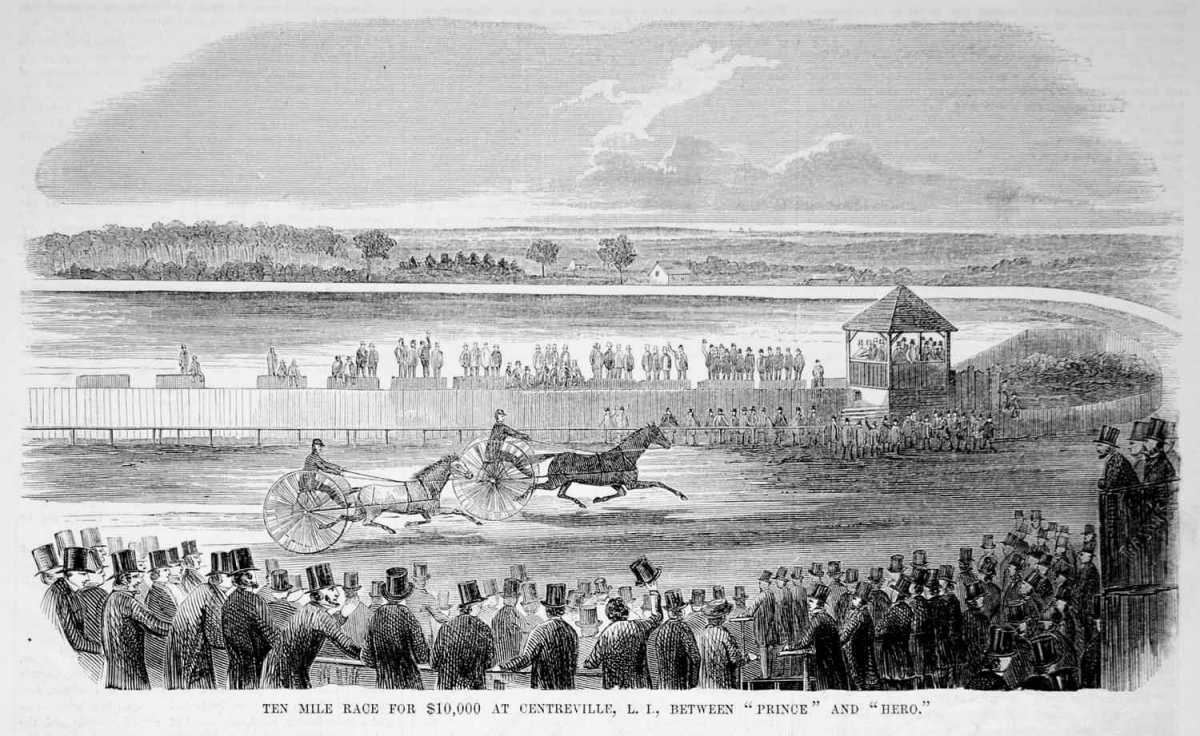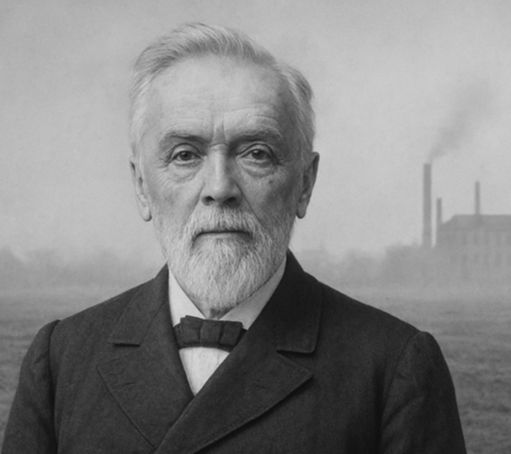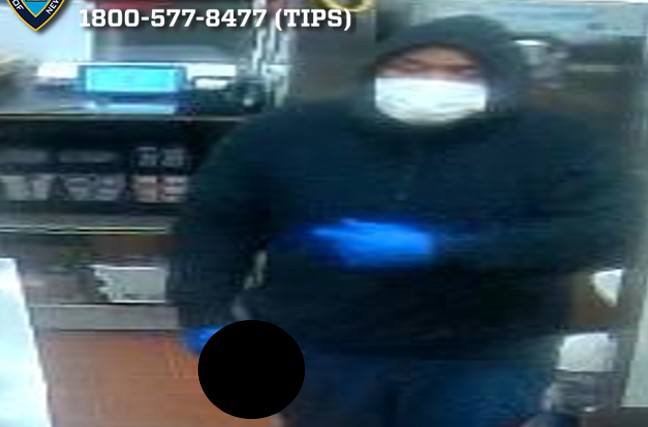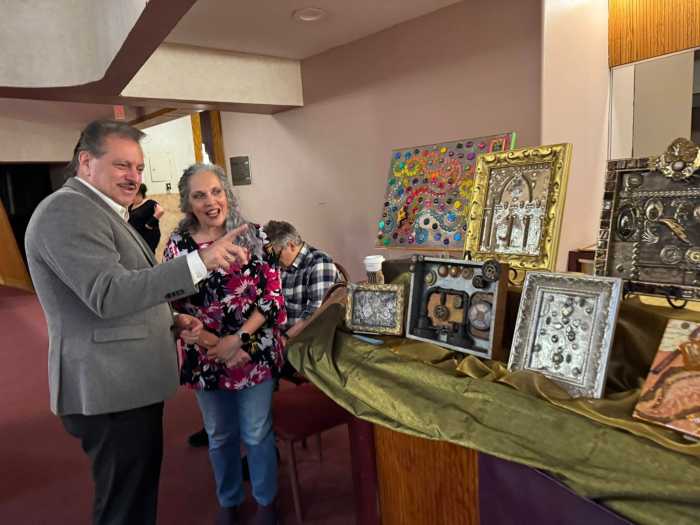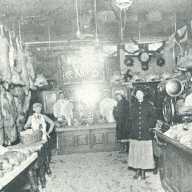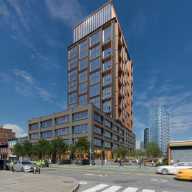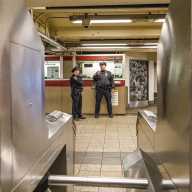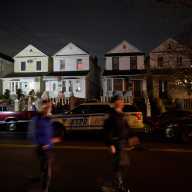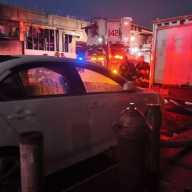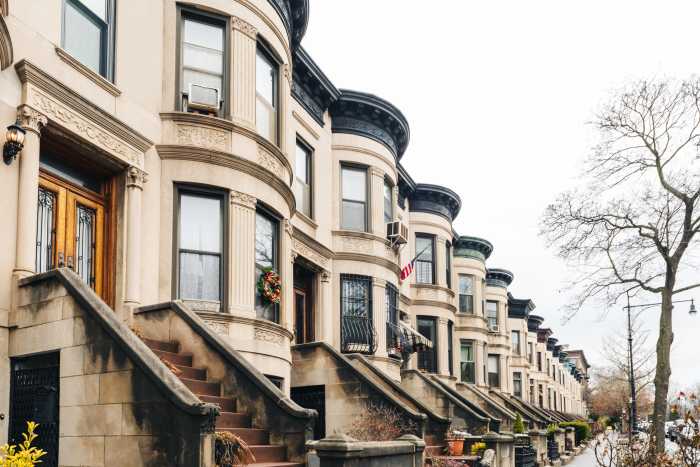One of the major contributing factors to the early development of Woodhaven (and Ozone Park) was horse racing. It begins in 1821 when the New York State Legislature legalized racing in Queens County. These “trials of speed” were allowed between the months of May and October and led to the development of not just one, but two major tracks.
The first track to be built was the Union Course, a mile-long track which was laid out the very same year racing became legal. Union Course became famous the next year for the race between Eclipse and Sir Henry. The two horses, representing the North and the South respectively, ran a race that saw over $200,000 change hands.
The second track to come to life was originally called the Eclipse Course, likely named after the winner of that historic race a few years earlier. Founded in 1825, this course soon changed its name to the Centreville Course.
The two tracks were very close to one another, a short 20-minute walk separated them and when all of the famous horses traveled to New York to race, they ended up running at both tracks. But the Centreville Course never came close to the fame or popularity of its neighbor to the west.
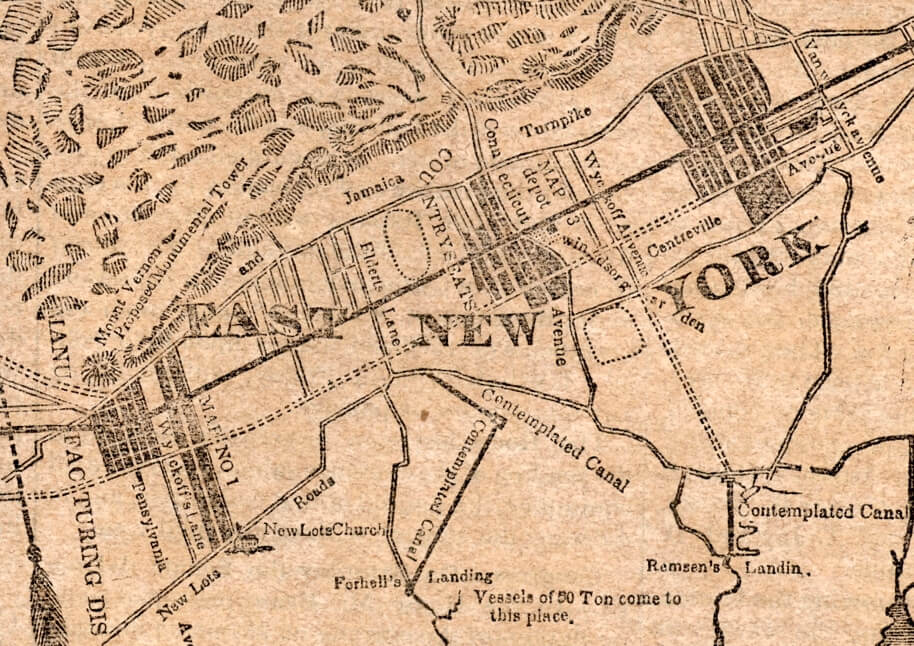
One reason for this was the fact that Centreville was a bit more isolated than Union Course. There was no immediate settlement and no hotel (the famed Centreville Hotel at what is now Rockaway and Woodhaven Boulevards was not built until 1853).
In contrast, there were hotels and saloons all around the grounds of the Union Course including some famous ones owned by Hiram Woodruff and John R. Snedicker. More importantly, getting to the Union Course racetrack was made easy by the Long Island Rail Road, which had a stop named after the track (at what is now 80th Street and Atlantic Avenue).
There were no railroad stops at the Centreville Course meaning that not only did spectators have to walk to the track (while probably lodging right next to the Union Course), but all horses and supplies also had to be transported from the train to the track a short distance away.
But the Centreville Course experienced periods of prosperity namely due to its willingness to try different things. One popular form of racing at Centreville was the harness racing which brought out spectators looking for something new.
Ask residents of today where the old Centreville Course used to be and you’re likely to get a lot of wild guesses and blank stares. But the truth is that it sat in a spot that locals have passed a million times.
Looking at some of the earlier maps of the area (so old that it identifies Woodhaven, Ozone Park, South Ozone Park and Richmond Hill as still being part of John R. Pitkin’s plan for a new city named ‘East New York’) reveals that the Centreville Course sat at the intersection of Connecticut Avenue (now Woodhaven Boulevard) and what is now Rockaway Boulevard.
To put it in modern perspective, if you were on Cross Bay Boulevard, just south of Rockaway, the outer rim of the course would be right behind Payless Shoes (formerly, the OTB). The course ran eastward along Rockaway, covering the ground where John Adams High School sits, all the way to Centreville Street.
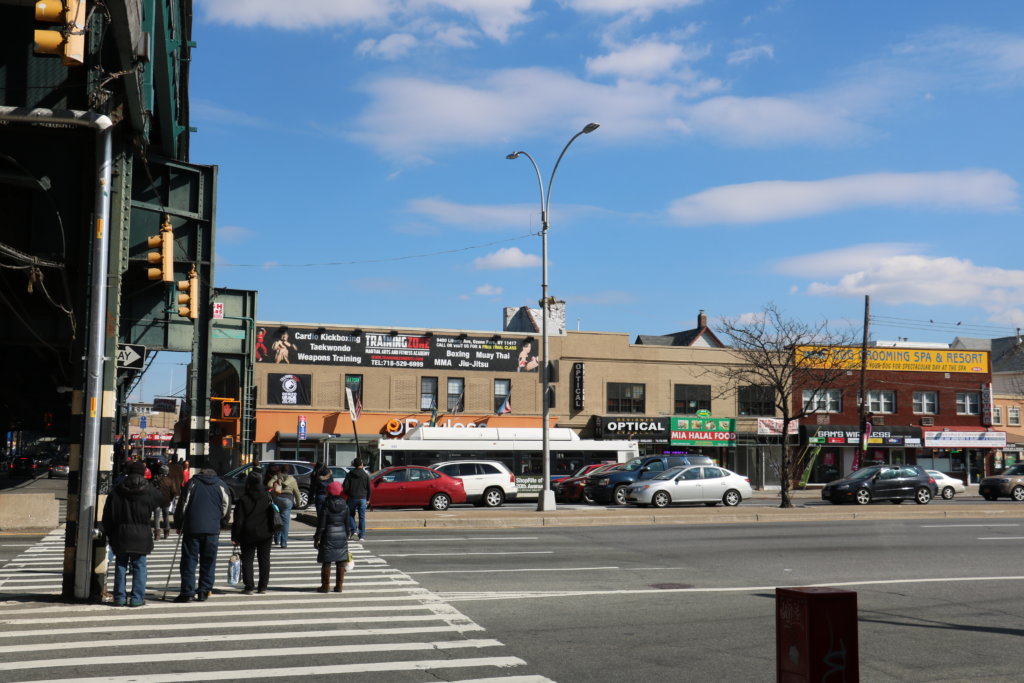
The area where the track once lived changed its name from Woodville to Woodhaven in 1853 and that portion of Woodhaven later became known as Ozone Park.
In the 1850s, all tracks found themselves under scrutiny for corruption as well the public turning against various forms of drinking, gambling and other vices which were normally found near a race track.
Although the Centreville Course had enjoyed periods of prosperity, these were far and few between and it was not well-positioned to survive this downturn in fortunes.
The land sat empty for the next two decades, an eyesore. The Centreville Hotel fared even worse; it had fallen into disrepair and the tenants were housing live pigs and chickens inside. The residents of the area complained and the Board of Health shut down the hotel in 1895.
The land where the Centreville Course sat was eventually sold to the Ozone Park Land Improvement Company in 1899 and they began carving up the property into lots and building homes. The Centreville Course faded from memory and was largely forgotten. Today, apart from Centreville Street, there’s nothing to indicate that a popular racetrack once sat there.

